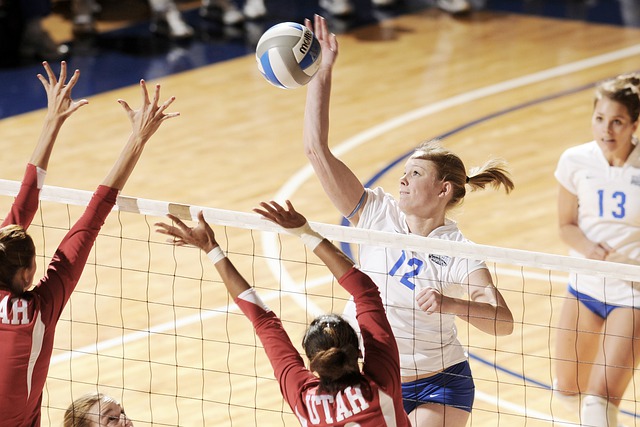
Female athletes often face discrimination due to their appearance. You can change this. First, you can control your body image. Social media allows you to challenge gender stereotypes. Finally, you could be an advocate for equality in gender. These tips will help you to become an active part of the sports community.
Regaining control over your body image
Female athletes are starting to take back control over how they look. These female athletes spoke out about the negative effects of being "perfect" on their mental and physical performance. Gracie Gold, Olympic figure skater, and Allie Ostrander, a professional runner, are just some of the athletes who have spoken out about their own struggles with negative body image. These athletes want people to see that it's not weakness to have a body not conforming to a standard.
Female athletes still have the potential to develop body dissatisfaction despite being under immense pressure to improve their body images. A negative view of one's body or the perception of an ideal body size can lead to body dissatisfaction. The context and function also affect the way you see your body. A recent study found that female college athletes took part in "Bodies in Motion," a program designed to improve their body image.
Female athletes: Changing the stereotypes
A female athlete can break down gendered stereotypes. Many girls and ladies are discouraged form participating in sport because of the stereotypes surrounding them. These stereotypes need to be broken. It starts at home by teaching girls and women how to respect each other, and how to be different. It also involves changing the way we talk and act about women. By changing our words and actions, we can improve the way female athletes are portrayed in the public eye.
Although research on female athletes has been dominated by the bipolarity between femininity and masculinity, very little has been done regarding androgyny. Androgyny, which is somewhere in the middle of masculinity and femininity, suggests that a female athlete could be both male or female. This gender identity may be assertive yet gentle, independent and dependent, competitive yet passive, or it can be assertive but gentle. A woman may have both masculine and feminine characteristics, which can be helpful for the individual.
Taking part in social media
Social media can be used to encourage younger women to participate in sports. This is one way to inspire female athletes. The UConn Huskies won the Baylor Bears' game last night. Social media was completely dominated by this match. While the final score was 69 -67 in favor UConn Huskies, the controversy surrounding the call was the most talked about part of the game.
Participating in social networking can be a powerful way for young women to get involved in sport and to improve their health. Many female athletes are using social media to advertise themselves. The amount of research that has been done on the online representations of women athletes is limited.
Managing gender stereotypes
Participation in sports can be limited by gender stereotypes. Women may decide to focus less on their athletic accomplishments and instead choose to participate in other more popular sports. Or they might even give up their chosen sport entirely. These issues reflect larger cultural attitudes toward athletic women. These stereotypes are one of the biggest obstacles to female participation in sport.
First, women athletes need to confront the issue of public perception. The public views women as being submissive or objectified. Aside from this, male athletes often are seen as heroic and masculine. Female athletes are instead viewed as wives or daughters. This harmful cycle of gender stereotypes can lead to the sexualization of and objectification of female athletes. This problem was brought into sharp focus by the USA Gymnastics scandal.